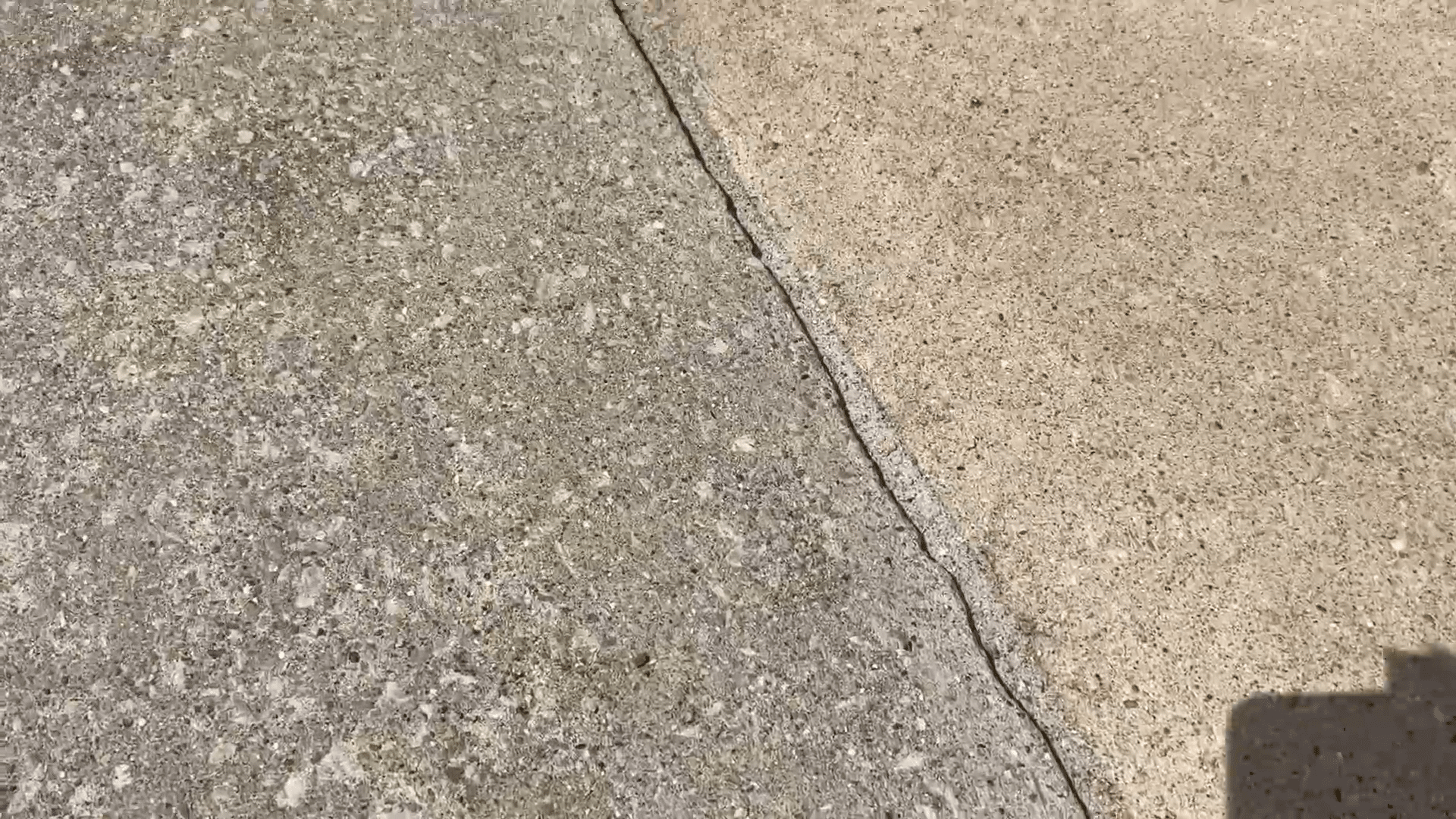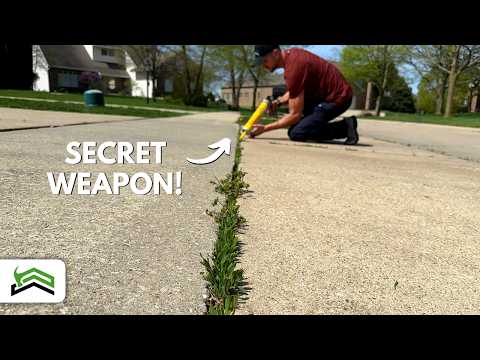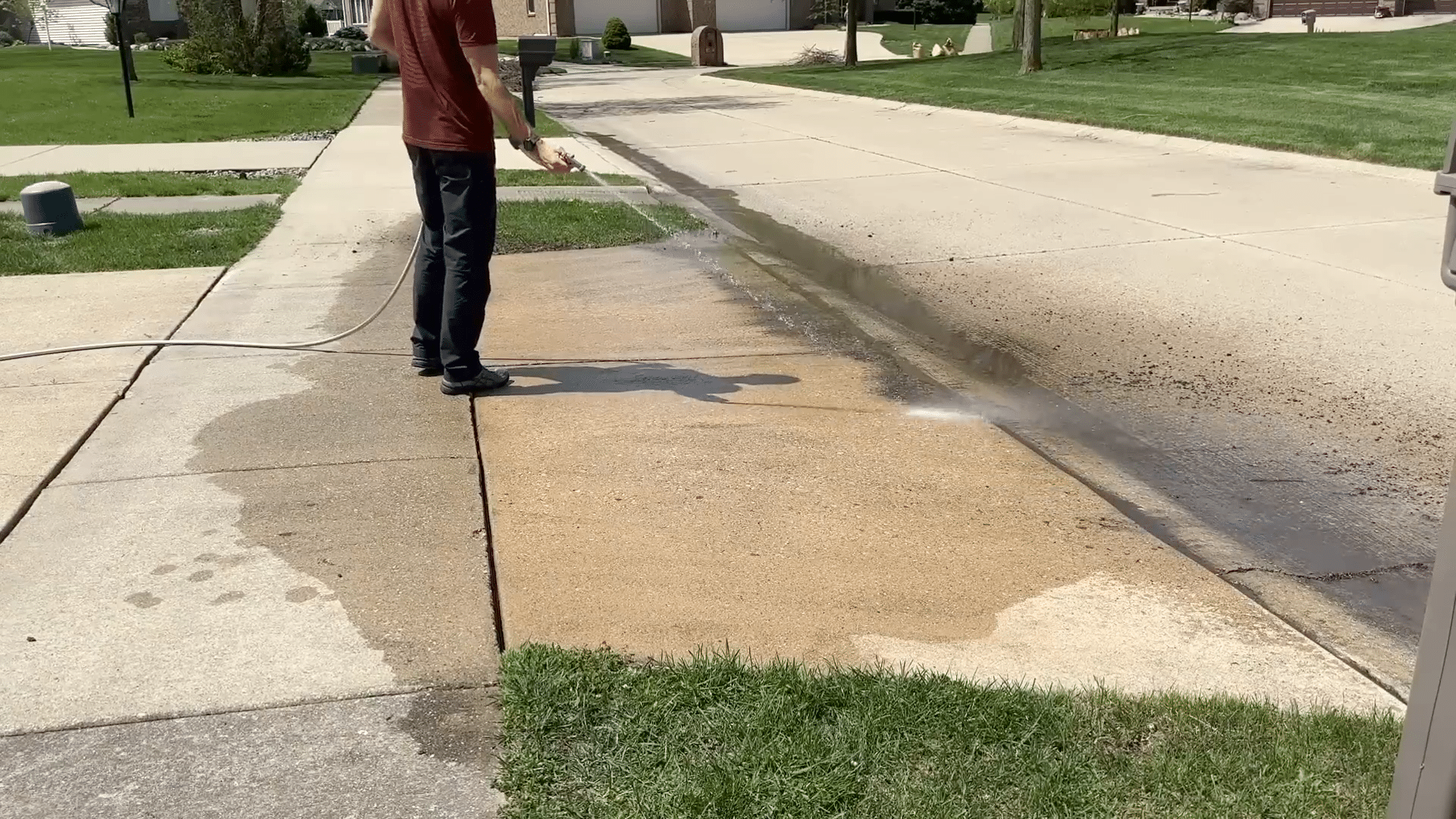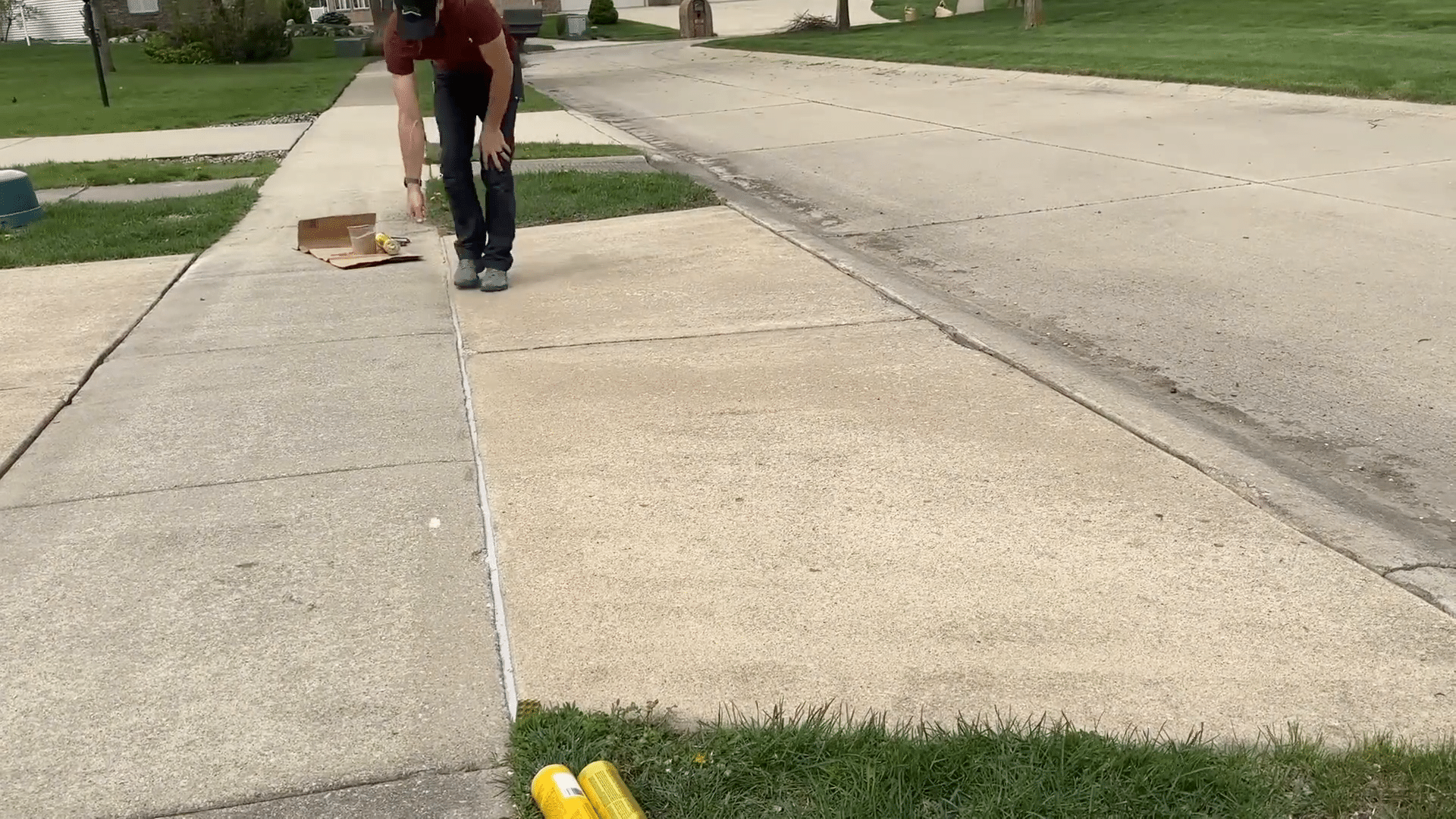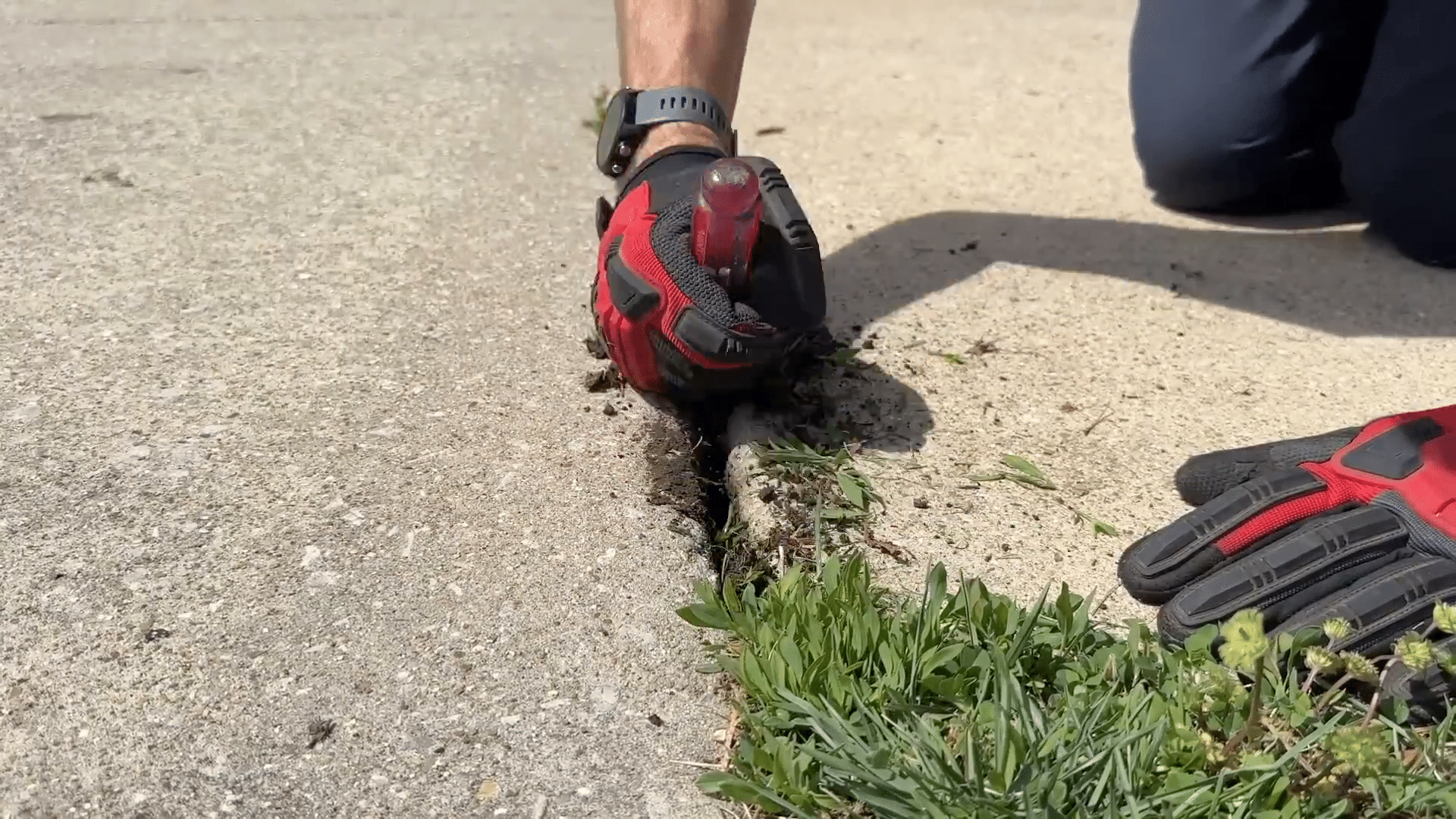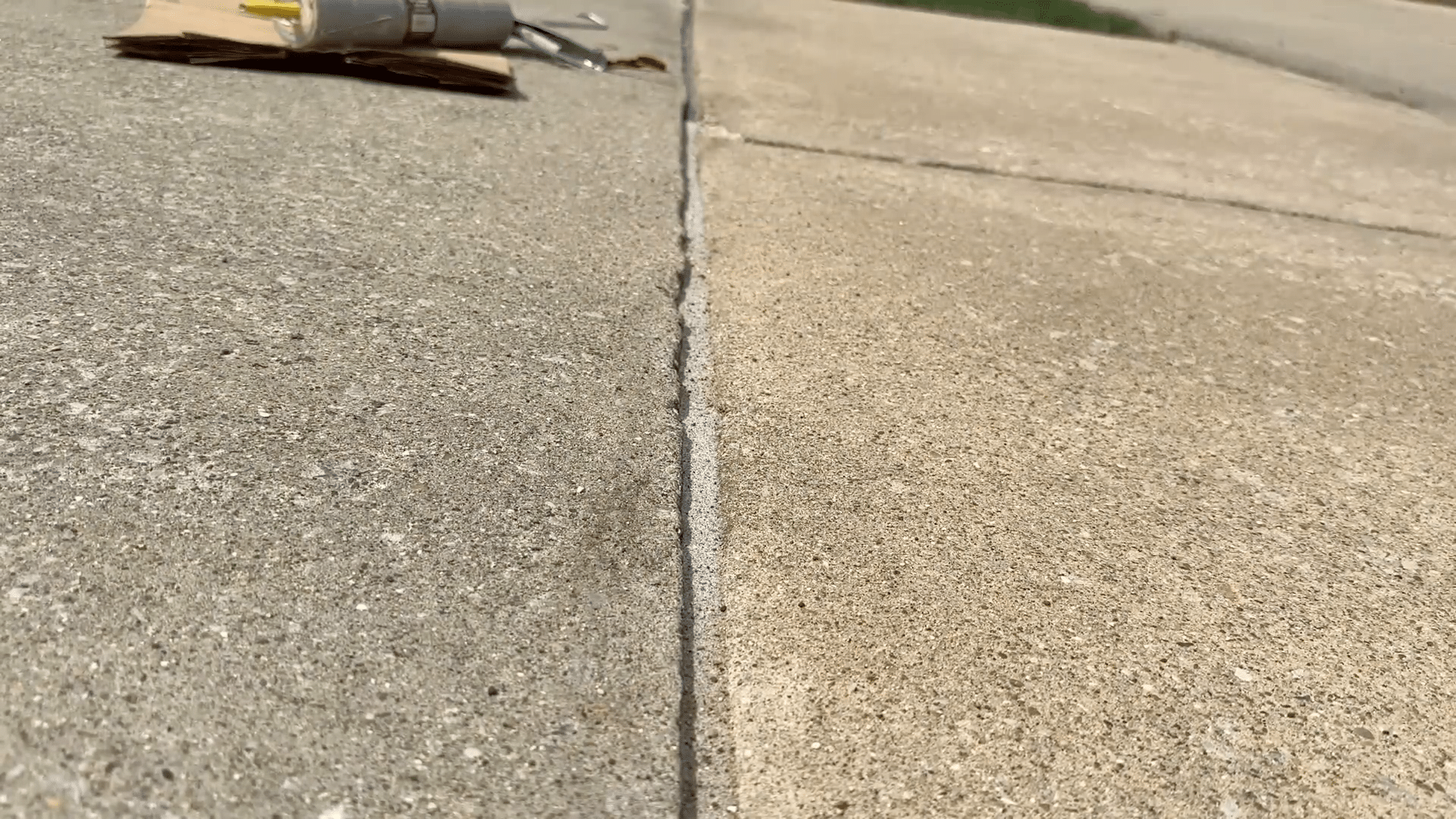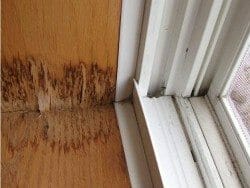Effective Strategies for Driveway and Sidewalk Weed Control and Maintenance
Home » Yard, drive, walks, patios » Driveways »
Addressing Common Driveway and Sidewalk Maintenance Issues
Homeowners often encounter the challenge of managing vegetation growth in the expansion joints of driveways and sidewalks. This vegetation, primarily grass and weeds, can persistently sprout through cracks and joints, creating not only an unsightly appearance but also potentially damaging the concrete or asphalt surfaces. Despite repeated attempts to remove these weeds by pulling them out or using herbicides, they often return, leading to continuous maintenance.
In tackling this issue, there are both temporary and permanent solutions available that can effectively prevent unwanted vegetation from recurring. These solutions involve initial cleaning efforts followed by the application of specific products designed to inhibit growth and seal the joints.
Cleaning and Preparing Expansion Joints
The first step in addressing weed growth in expansion joints is thorough cleaning. Tools such as a flathead screwdriver or a string trimmer can be used to remove the bulk of the vegetation. A string trimmer is particularly effective as it cuts down the weeds while simultaneously removing soil and debris accumulated in the joints, which can act like a mini planter box perfect for weed growth.
Following the mechanical removal of plants and debris, it is advisable to use a garden hose to flush out the remaining dirt from the joints. Directing a strong stream of water along the joint helps to clear out any residual material, ensuring the joint is clean down to a few inches below the concrete surface. This process prepares the joint for the application of preventive measures against future weed growth.
Temporary and Permanent Solutions for Weed Prevention
Once the expansion joints are clean and dry, a temporary solution such as applying Preen granules can be effective. These granules work by inhibiting new weed growth at the root level and are easy to apply by simply sprinkling them into the joints. This method can keep the expansion joints clear of vegetation for up to six months, depending on environmental conditions like rain which might reintroduce new soil and seeds into the joint.
For a more lasting solution, sealing the expansion joints is recommended. This involves measuring the width of the gap to determine the appropriate size of the backer rod, which is inserted into the joint to act as a base for the sealant. Ensuring the backer rod fits snugly and lies about a quarter-inch below the concrete surface is crucial for effective sealing.
Sealing Techniques and Materials
The choice of sealant is important and depends on the joint’s exposure and orientation. Self-leveling sealants, like Sika products, are suitable for horizontal surfaces with no slope. For sloped surfaces, a more viscous sealant such as Tremco Vulcan 45 SSL might be required to prevent the sealant from pooling to one side. These products not only block water and light, which are essential for weed growth, but also protect the structural integrity of the joint.
Application of the sealant should be done carefully, supporting the tube tip against the concrete to ensure even application. It’s important to select the right day for this task as external conditions like wind and temperature can affect the setting and final appearance of the sealant. In windy conditions, immediate application of sand after sealing can prevent debris from sticking to the fresh sealant, blending its appearance with the surrounding surfaces.
Additional Tips and Long-Term Maintenance
For irregularly shaped or particularly large cracks, alternative solutions such as using a pool noodle as a custom-sized backer rod can be effective. This creative solution addresses larger gaps that standard backer rods cannot fill. Always ensure that there are no gaps or holes left which might allow vegetation to grow through or water to seep in, undermining the sealant’s effectiveness.
Regular monitoring and maintenance of sealed joints will extend their life and prevent future issues. It is advisable to inspect these areas periodically and after severe weather conditions to ensure the sealant remains intact and effective. With the right approach and materials, it is possible to significantly reduce the maintenance required for driveways and sidewalks, allowing homeowners to enjoy a cleaner, more aesthetically pleasing outdoor space.
In conclusion, managing weed growth in expansion joints is crucial not only for the appearance of driveways and sidewalks but also for their longevity. By selecting and applying the appropriate cleaning techniques and sealing products, homeowners can protect their investment and reduce ongoing maintenance efforts. This proactive approach ensures that the home’s exterior remains neat and inviting while preventing potential damage from unchecked plant growth and water infiltration.
